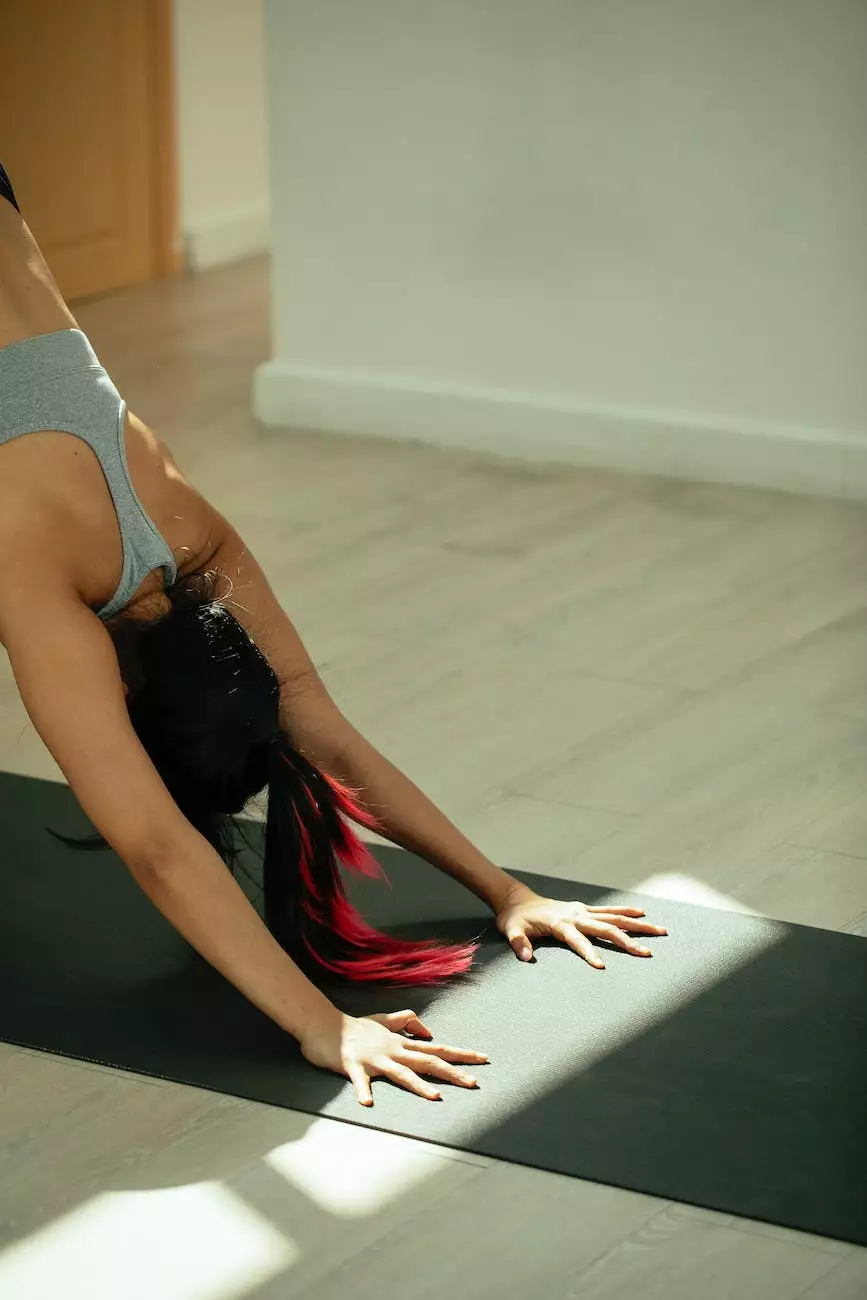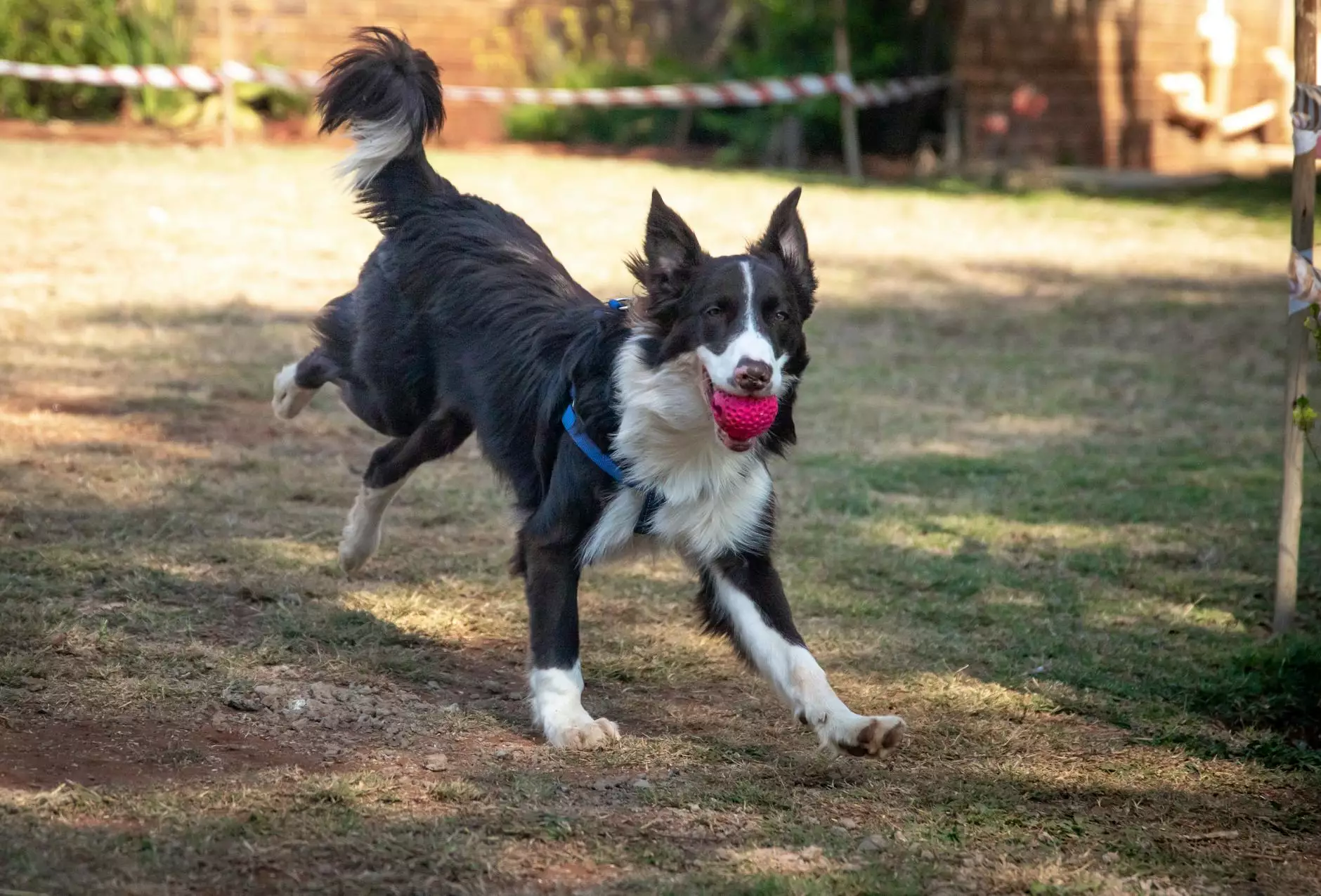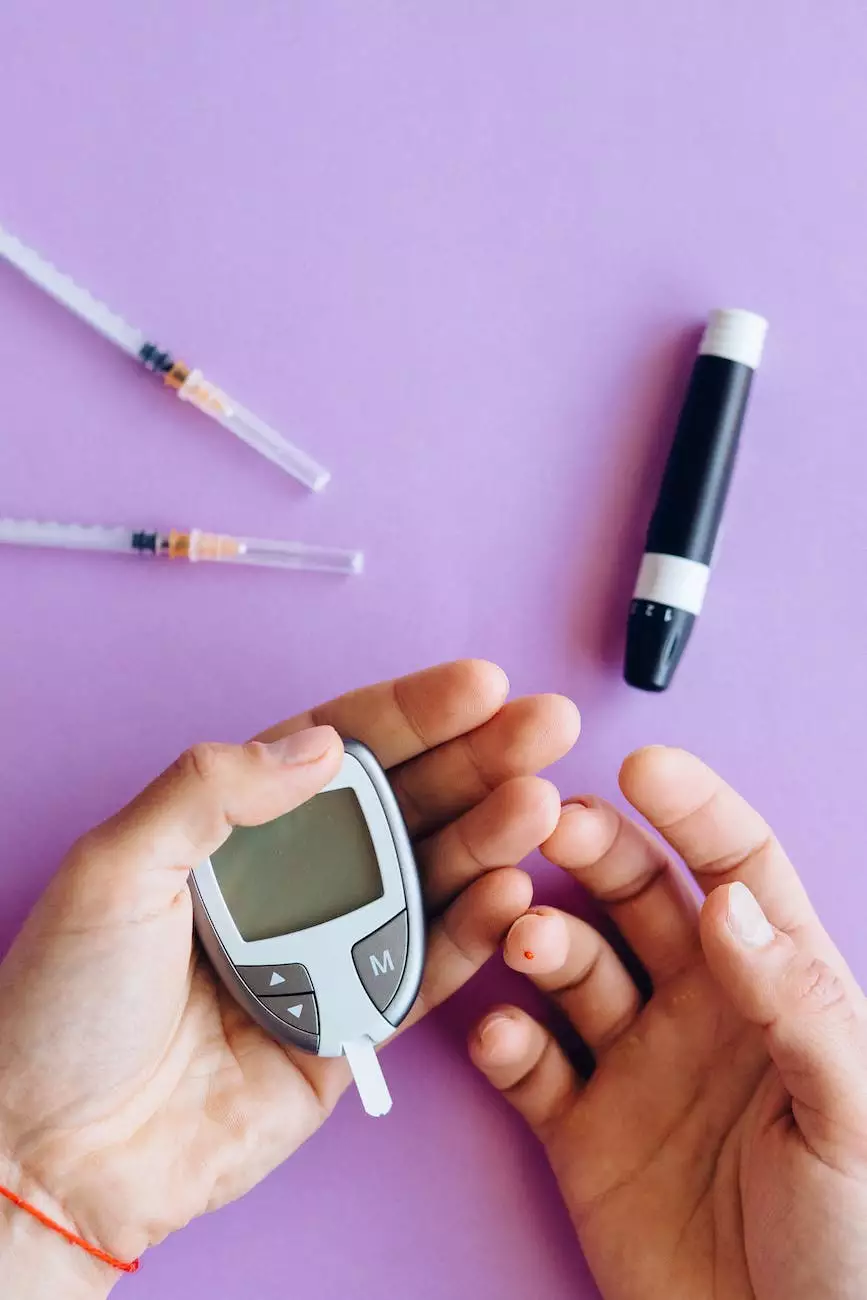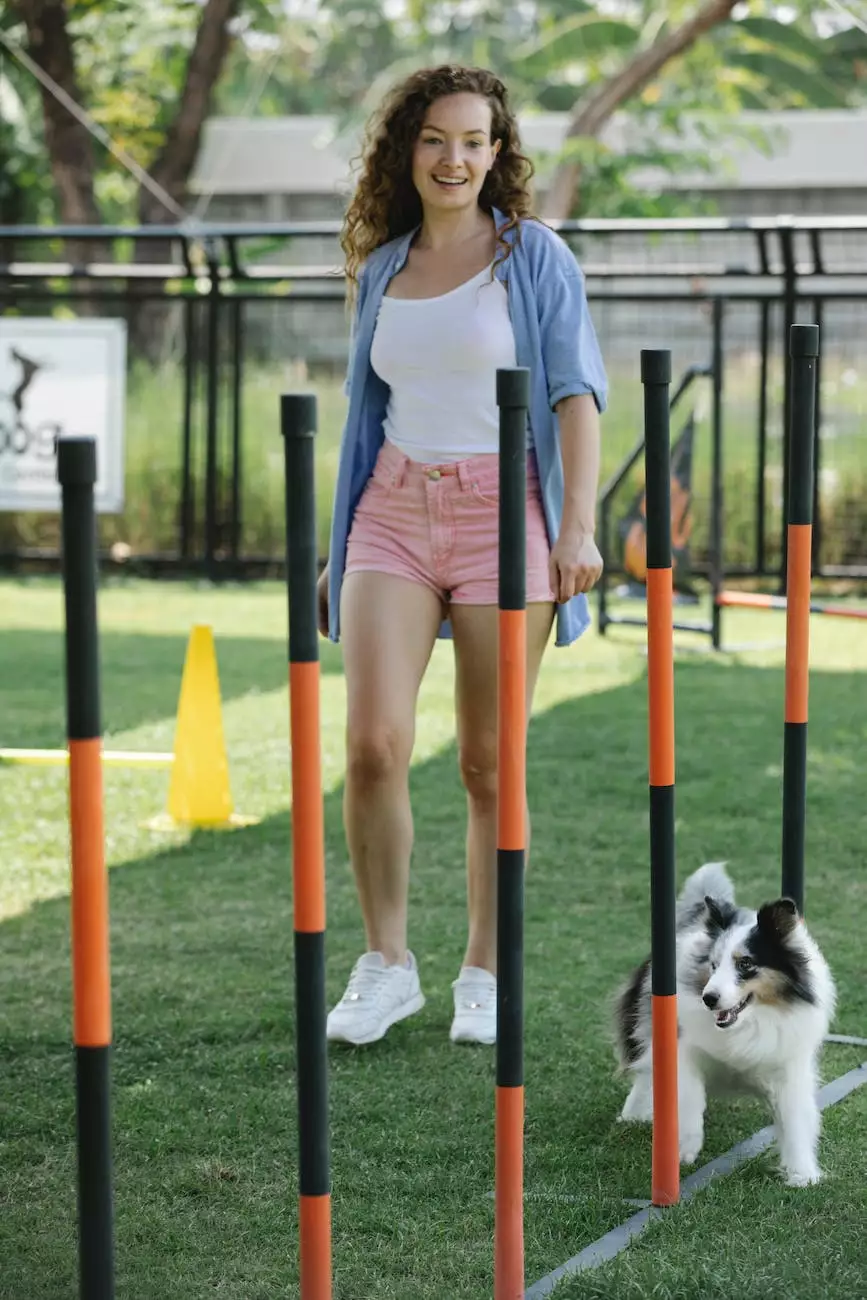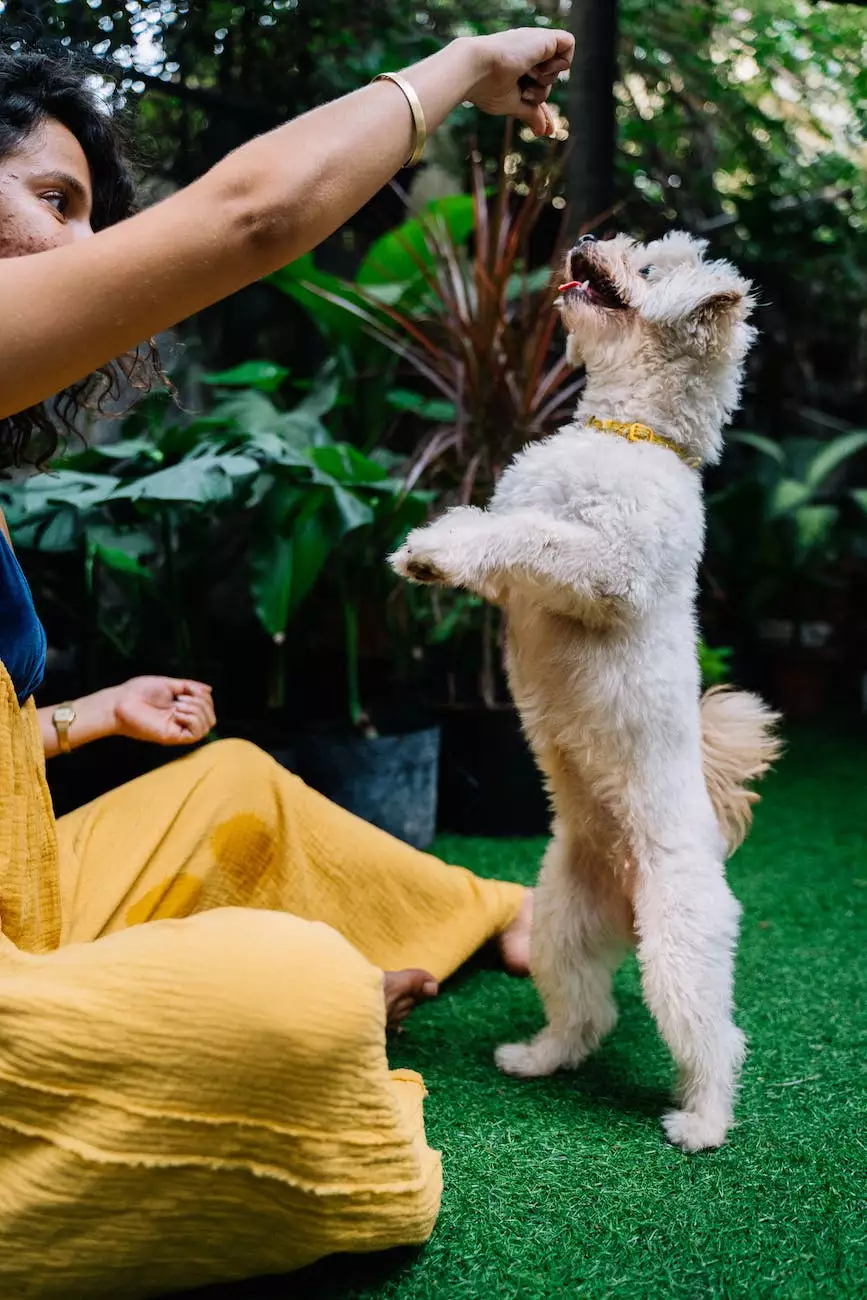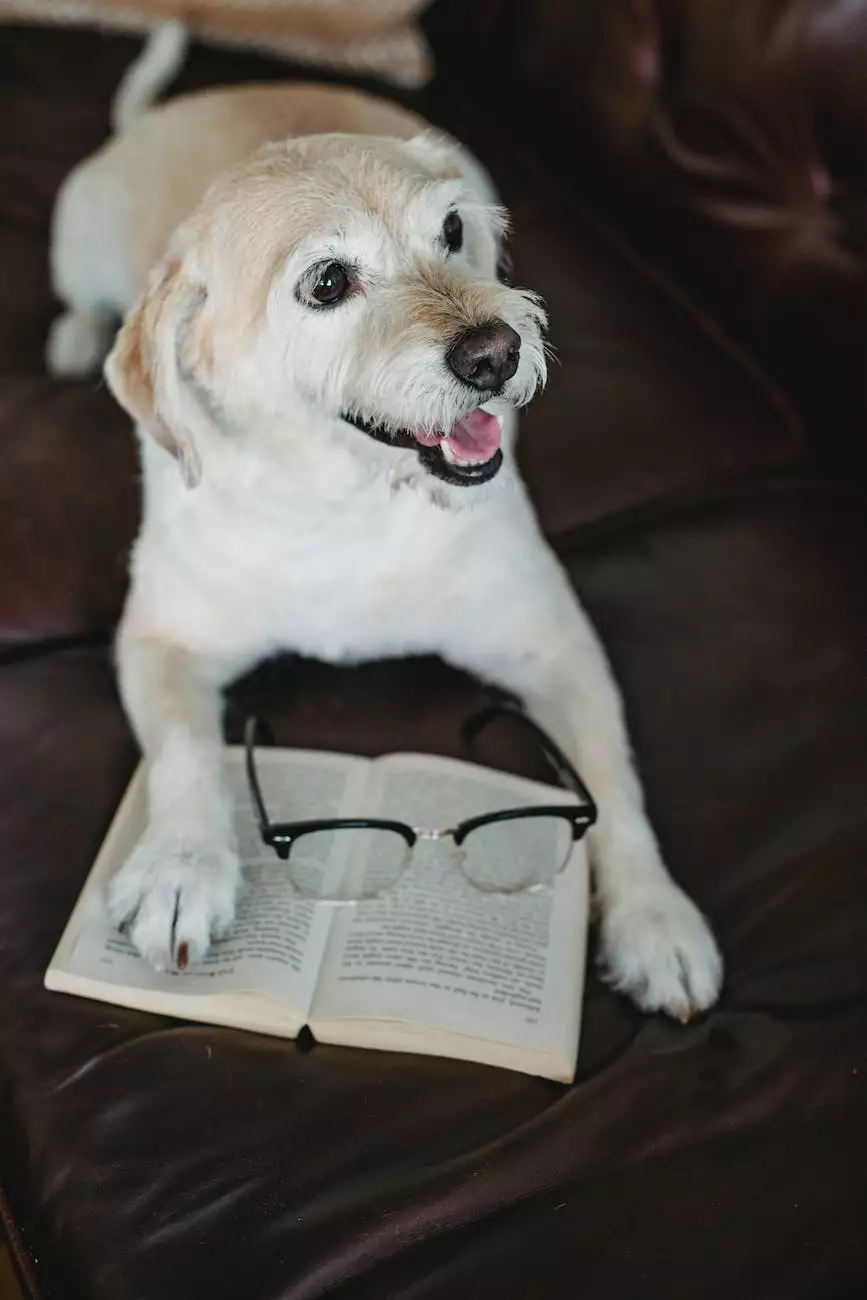Leash Walking Your Puppy
Puppy Training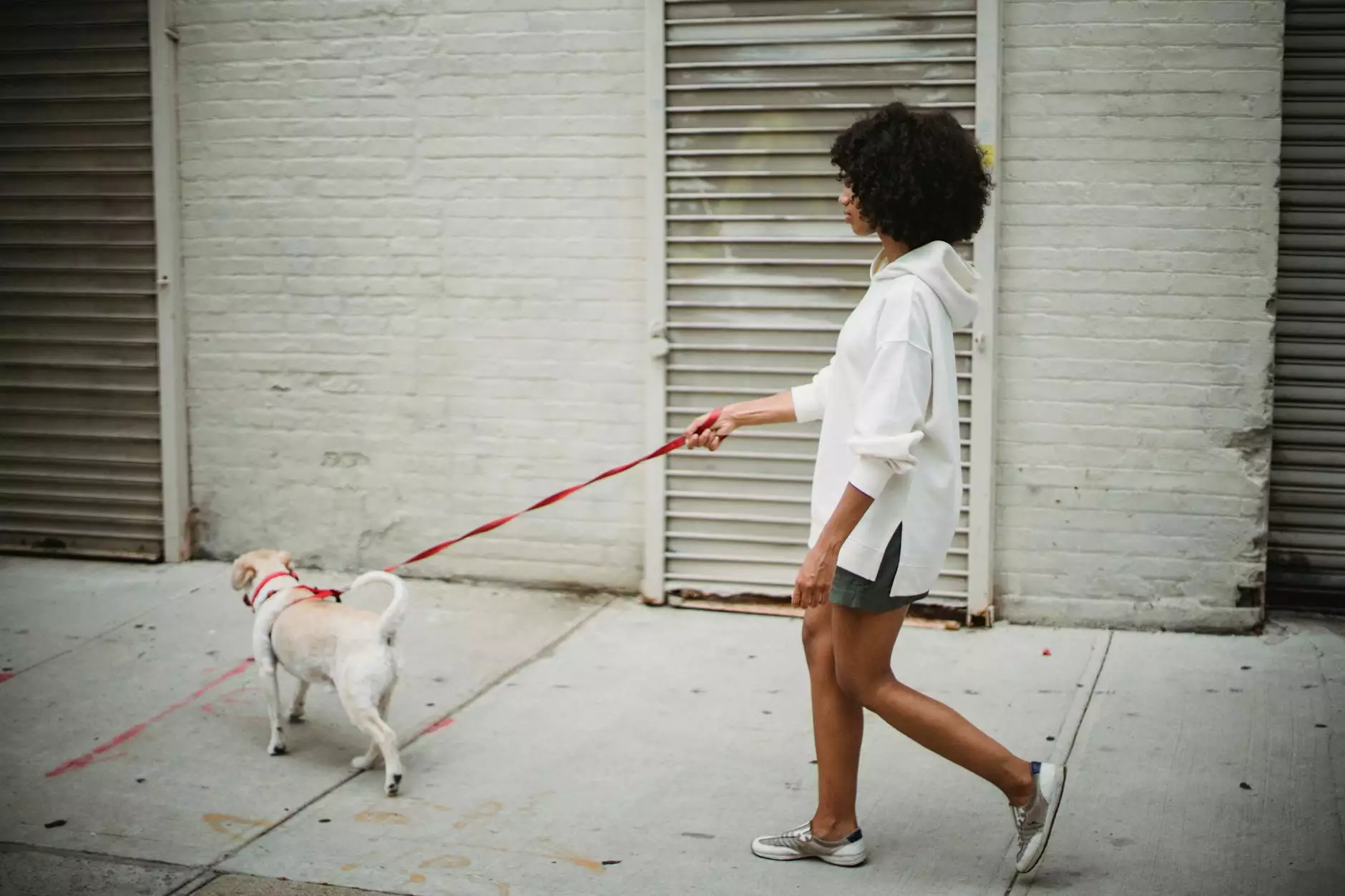
Introduction
Welcome to The Upbeat K9, where we strive to provide the best training and guidance for all your puppy needs. In this article, we will delve into the topic of leash walking your puppy, offering valuable insights and techniques that will help you achieve an enjoyable and successful walking experience.
The Importance of Leash Walking
Leash walking is an essential skill for both puppies and their owners. It not only provides exercise and mental stimulation for your furry friend, but it also establishes a strong bond and fosters obedience. By teaching your puppy to walk politely on a leash, you are ensuring their safety and enabling them to become well-mannered companions.
Tips for Leash Walking Success
1. Start Early
It's never too early to introduce your puppy to leash walking. Begin by using a lightweight leash and a properly fitted collar or harness. Let your puppy explore the leash, allowing them to get comfortable with its presence. Make sure to use positive reinforcement, rewarding your puppy with treats and praise.
2. Establish a Walking Routine
Consistency and routine are key when it comes to leash walking. Set a regular schedule for walks, ensuring that your puppy gets ample exercise and time outdoors. This will help them develop a sense of predictability and make leash walking a natural part of their routine.
3. Master Loose Leash Walking
One of the goals of leash walking is to teach your puppy to walk on a loose leash, without pulling or tugging. Practice walking with a loose leash, rewarding your puppy for staying by your side. Use positive reinforcement techniques such as treats, toys, and verbal praise to encourage good behavior.
4. Use Positive Reinforcement
Puppies respond well to positive reinforcement training methods. Reward your puppy whenever they exhibit desirable leash walking behavior. This can include walking calmly, staying by your side, or responding to commands. Use treats, praise, and affection to reinforce these behaviors and make the learning process enjoyable for your puppy.
5. Gradually Increase Distractions
As your puppy becomes more comfortable with leash walking, gradually introduce distractions to simulate real-world scenarios. Start with low-level distractions such as mild noises or unfamiliar scents and gradually progress to more challenging environments. This will help your puppy learn to stay focused and walk respectfully in various situations.
Common Challenges and Solutions
1. Pulling on the Leash
Many puppies tend to pull on the leash, making the walking experience frustrating for both you and your pet. To address this issue, try using a front-clip harness or a head halter to discourage pulling. These tools provide better control and redirect your puppy's attention towards you. Additionally, remember to reward your puppy for walking beside you on a loose leash.
2. Reactivity towards Other Dogs or People
If your puppy exhibits reactive behavior towards other dogs or people during walks, it's important to address this early on. Gradual desensitization and counter-conditioning techniques can be employed to help your puppy feel more comfortable in such situations. Seek professional guidance from a professional dog trainer, like our experts at The Upbeat K9, to tailor a training plan to your puppy's specific needs.
3. Fear or Anxiety during Walks
Some puppies may experience fear or anxiety during leash walks, which can manifest as avoidance behaviors or excessive pulling. Creating a positive and calm environment is crucial in helping your puppy overcome these challenges. Start with short and relaxed walks, gradually increasing the duration and intensity as your puppy gains confidence. Patience and reassurance are key.
Conclusion
Leash walking your puppy is a rewarding journey that requires patience, consistency, and positive reinforcement. By following the tips and techniques provided by The Upbeat K9, you can set your puppy up for success and enjoy many enjoyable walks together. Remember to tailor your training approach based on your puppy's individual needs and seek professional guidance when necessary. Happy walking!
